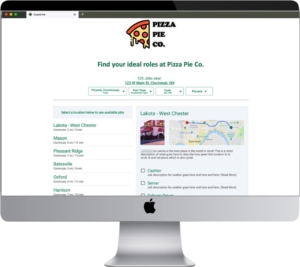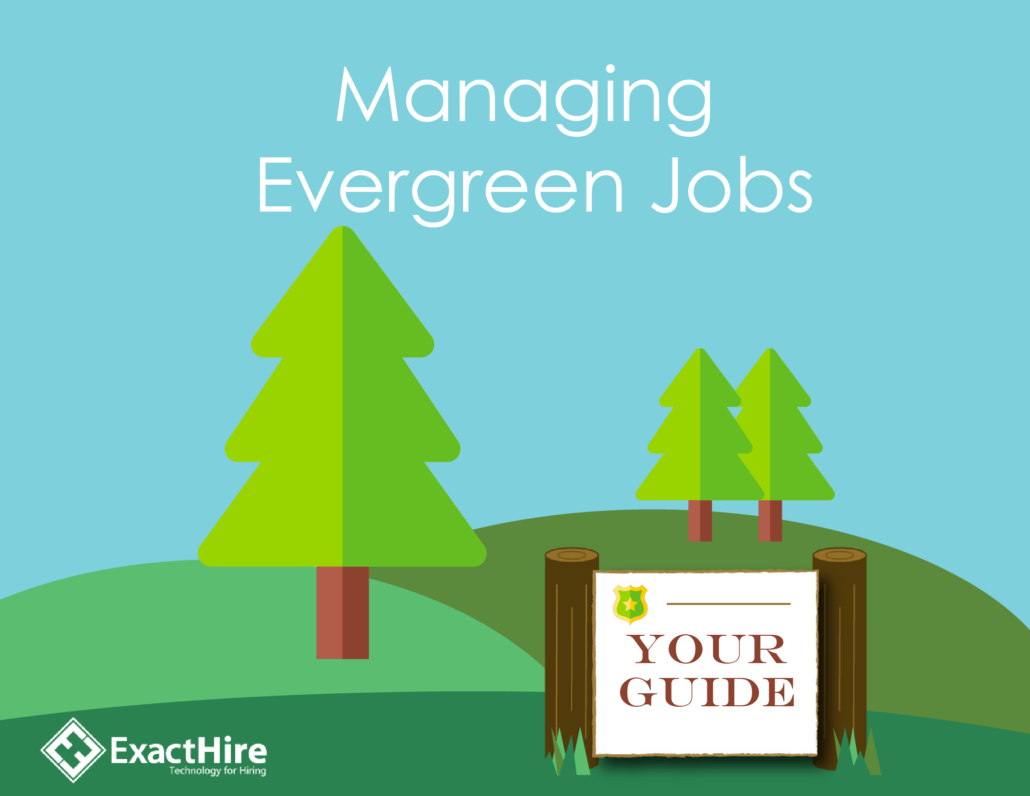What Are the 5 C’s of Onboarding?
Onboarding is the critical first impression that you only get one chance to make. Prior to the pandemic, many companies skated by with a basic onboarding process involving a few forms and an employee handbook. Companies making a nominal effort may have treated their new hires to lunch on their first day.
A lackluster onboarding process isn’t cutting it during the “Great Resignation.” With many companies struggling to find enough employees to provide fundamental customer service, they need to do everything they can to hold onto the new hires they’re lucky enough to get.
An outstanding onboarding process is the proven first step to lowering employee turnover, improving engagement, and boosting productivity. Small and mid-sized businesses are learning in 2021 what the most successful corporate giants have known for years: great onboarding is a key component of your company’s success.
But why is onboarding so important?
And what makes an outstanding onboarding program?
Benefits of a Robust Onboarding Process
When your onboarding process checklist has got game, your new employees fall in love with their jobs. The fact is, your company needs employees that are fully engaged to compete in the new economy. According to this Gallup study, employee engagement is a key factor in nine performance outcomes, including customer service, profitability, and turnover.
Engaged employees are passionate about their work and they feel a strong connection to their company’s culture and values. Employee engagement is all about the emotional bonds people form with their work. These employees will always outperform their peers who couldn’t care less.
You want your employees to show up on time, every day, and do their best work. You want them to go the extra mile for the customer. When they’re on the manufacturing line, you want them to care—really care—about the quality of the goods they’re producing.
Companies are constantly looking for that special combination of skilled talent, soft skills, and work ethic that make a great employee. But they leave their new hires to fend for themselves as soon as they are finished filling out their W-4. A poor employee onboarding process flow contributes to the massive national turnover rate that costs U.S. companies $1 trillion each year.
A robust onboarding process, on the other hand, can make your employees almost 70 percent more likely to stay with your company for at least three years. And your new hires can be 50 percent more productive when your onboarding process steps set clear expectations while also providing crucial support early on.
Your new employee’s onboarding checklist pdf covers four areas known as the “4 C’s.” The 4 C’s are listed in order of importance to company growth. However, every stage of the 4 C’s is essential to a comprehensive onboarding plan.
Onboarding: The 4 C’s
Most companies stop with the first two C’s: compliance and clarification. Successful companies pay careful attention to the last two C’s: culture and connection. And our team likes to add a fifth C (shhh…don’t tell anyone!).
Compliance: Companies interested in avoiding discrimination and harassment lawsuits, i.e., every company, should start their onboarding with a thorough run-down of their policies and rules. To be most effective, you should implement a clear process by which employees can report discrimination and other issues. Earn your new employee’s trust by making it clear your company takes these issues seriously.
Clarification: This is the stage during which your new hires learn about their role, their duties and their responsibilities. Take this time to set your employee up for success. Establish a support network and ensure she has the tools she needs to complete her work.
Culture: More than a buzzword, culture has a tangible effect on a company’s success. A strong and positive culture gives you a recruiting edge. And clear values keep individual behavior in line with your company’s ethics. Make culture a strong aspect of your onboarding process by inserting it throughout your new hire’s experience. Include your company’s history and mission in your onboarding process.
Connection: Often overlooked during the onboarding process, connection is a key driver of employee retention. When workers form friendships with their coworkers, they’re more likely to enjoy being in the office. Positive relationships between your employees also mean less drama and conflict. You can foster connection during your onboarding process by finding creative ways for your new hires to spend time with coworkers.
We like to add a bonus C: check-in. New hires are most likely to quit their positions within the first year. By checking in with these new employees throughout that first year, companies can address brewing problems.
New Hire Onboarding framework
These 5 stages of onboarding create a framework companies can use to improve employee engagement and its associated outcomes. By adopting a more formal, vs an informal, onboarding process, companies can boost their customer ratings, improve employee retention, and increase their profits. Onboarding software can help companies keep their improved onboarding process organized and efficient.
Onboarding software can help you improve all 5 stages of employee onboarding. New employees can fill out their paperwork more quickly and accurately during the compliance portion of the 5 stages of onboarding with the help of auto-populating fields. Legally binding electronic signatures for all of your important onboarding forms will always be easily accessible, even years down the road.
Create training modules for every position within the company. Use training videos, how-to guides, and assessments. A simple checklist and triggering feature ensure your new employees won’t feel overwhelmed.
Include information about your culture, mission, and values in your training modules. By making culture a key component of your new employee’s experience, you’ll encourage behavior that aligns with your values. You can foster connection by assigning roles to team members to assist in the onboarding process. Each team member will receive email reminders so you know your new hires won’t fall through the cracks.
Incorporate the bonus C, Check-In, by assigning tasks to supervisors at intervals throughout the new hire’s first year. Over time, the data you collect in your onboarding software will help you improve your overall onboarding process.
Final Thoughts About the 5 C’s of Onboarding
The pandemic underscored the high cost of employee turnover, low engagement, and an uninspiring culture. When your employees are unenthusiastic, they’ll be less productive and less innovative. You’ll need more people on the payroll to get the same amount of output.
Beefing up your onboarding process is the first step to creating an inspired workforce. The investment you make in onboarding will pay dividends by creating a strong, cohesive team. Learn more with our webinar, How Effective Onboarding Boosts Your Bottom Line.
Photo by Kelly Sikkema on Unsplash



